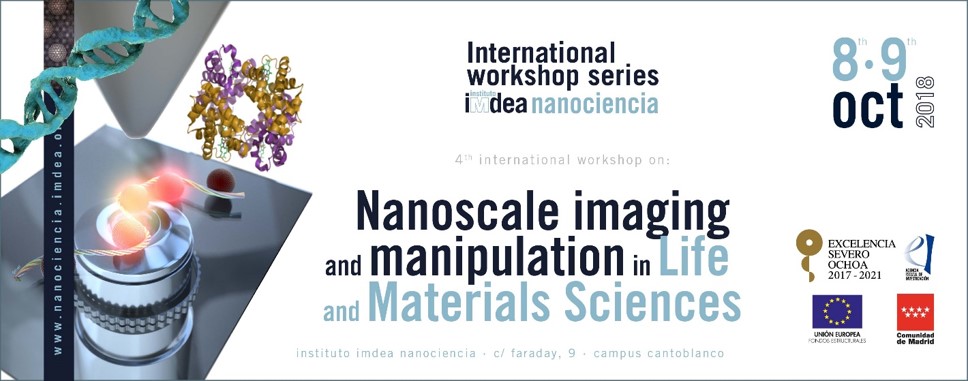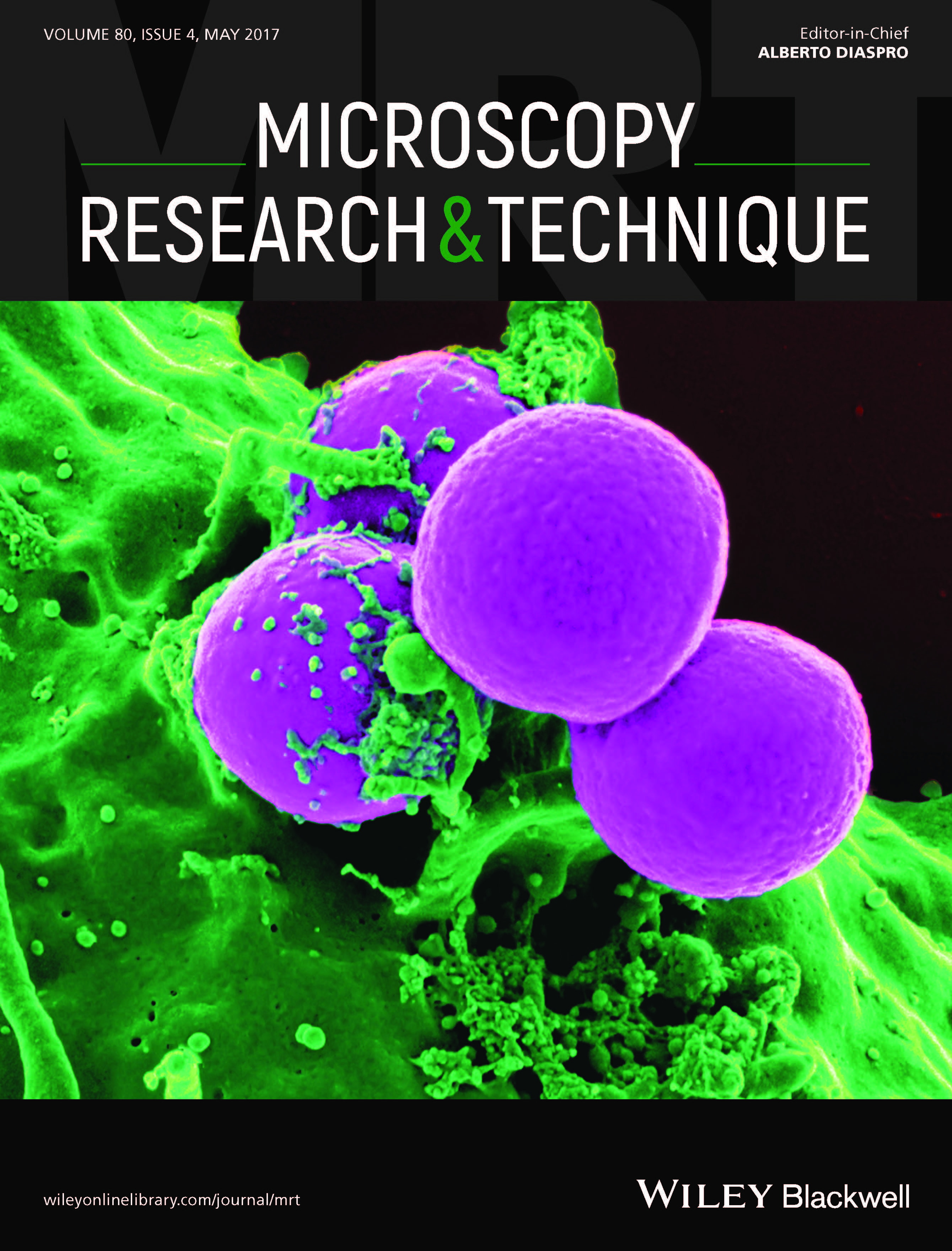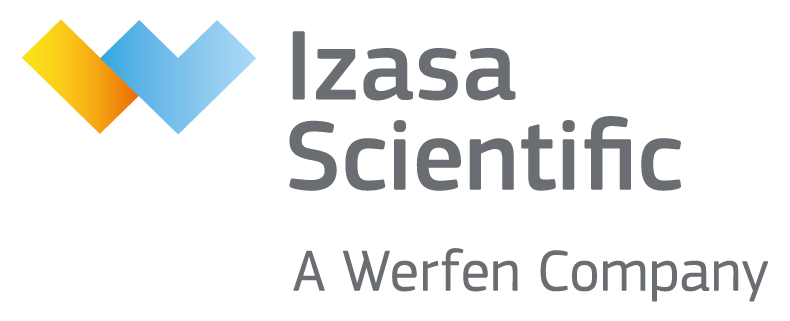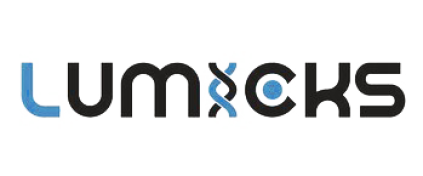4th International Workshop - Nanoscale Imaging and Manipulation in Life and Materials Sciences
-

Dear Colleagues,
IMDEA Nanociencia is delighted to announce the fourth edition of the International Workshop Series, this time devoted to “Nanoscale Imaging and Manipulation in Life and Material Sciences”. This workshop is organized under the framework of the Severo Ochoa Centre of Excellence. Each workshop is focused on specific topics related to Nanoscience & Nanotechnology and counts with the participation of world leading experts in the field.
The fourth workshop of the series, “Nanoscale Imaging and Manipulation in Life and Material Sciences”, will cover the topics optical and mechanical nanomanipulation, atomic force microscopy and super-resolution fluorescence imaging. The aim of the workshop is to provide an insight into the latest investigations, foster/strengthen research collaborations in the field, and to exchange knowledge in an active manner.
This workshop will take place on the 8-9th of October 2018.
We are looking forward to your attendance. To inscribe, please use the form provided in the "Registration" tab. The registration is free of cost, but mandatory to all attendees.
The organization.
This workshop is sponsored by
1st International Workshop on Computational and Theoretical Nanoscience
2nd International Workshop – Frontiers in Chemistry of Molecular Materials
-
Scientific committee
Organizing committee
- Dr. Elena Alonso
- Dr. María Jesús Villa
- Dª Paloma Castillo
-
Abstracts
Unveiling the stochastic behavior of biomolecules and nanoparticles in physiological environments
Prof. J. Ricardo Arias-González
Madrid's Institute of Advanced Studies IMDEA Nanociencia, ESP.
Understanding the dynamics of both natural and artificial nanosystems at ambient conditions is key to engineering in the nanoscale for general purposes, including Nanomedicine. In this challenge, optical tweezers are a unique tool because they not only weakly confine individual nanostructures in three dimensions, thus enabling their manipulation, but also afford measurements of their mechanics and thermodynamics devoid of ensemble effects. Here, I will focus on our latest results on the manipulation of biological and synthetic nanosystems. We will analyze, first, the conformational bistability of human telomeric repeat containing RNA, which condensation stochastically blocks G-quadruplex folding pathways, and second, magnetic nanoparticles, which behave as black-body light absorbing structures capable of generating heat at low laser power.
Probing single molecules with AFM: Force, motion, dynamics, and function
Prof. Anne-Sophie Duwez
University of Liège, BE.
In 1952, Erwin Schrödinger wrote that we would never experiment with just one electron, one atom, or one molecule. Forty years later, methods derived from scanning probe microscopies allowed us to manipulate single atoms and molecules, and even single bonds. Single-molecule force spectroscopy, which consists in trapping and stretching a molecule between an AFM tip and a surface, enables to probe (and/or to induce) molecular processes in situ and in real time through the application of mechanical forces. Here, we will discuss some of our recent results in this field, like the investigation of how small binders perturb the dissociation mechanisms of DNA, single atom exchange in supramolecular polymers, the measurement of the force generated by a synthetic molecular machine and the real time capture of folding/unfolding transitions in synthetic foldamers.
Novel optical tweezers probes: how kinesin motors get to the microtubule end
Prof. Erik Schäffer
University of Tübingen, DE.
Force spectroscopy on single molecular machines is often performed using optical tweezers. However, the use of common microspheres may have limitations in the maximum force, measurement precision, or the degrees of freedom that can be measured. To overcome these limitations, I will present various novel optical tweezers probes and their applications. For example, birefringent liquid crystalline microspheres can be used to simultaneously measure translation, force, rotation and torque of kinesin motors. The measurements show that kinesin walks with a rotary hand-over-hand mechanism. In the long-term, the development of novel probes enables novel applications.
Studies of particle dynamics in liquid and air
Prof. Kishan Dholakia
University of St Andrews, UK.
This talk will explore new studies of optical trapping exploiting the material properties of various types of particle. By synthesising and using birefringent laterite particles we can induce rotation by trapping them with circularly polarised light. Such vaterite and nanovaterite particles may be used for many studies including microrheology. In liquid by judicious choice of trapping laser wavelength, we can explore interesting aspects of local temperature rises and viscosity. We also describe recent work with both up-converting particles and ultrasmooth gold nanoparticles. These latter particles offer improved circularity and monodispersity for more controlled studies of plasmon mediated light-matter interactions.
A measure of molecular muscle: Development and application of fluorescence-based probes to map piconewton forces in living systems
Prof. Khalid Salaita
Department of Chemistry at Emory University, US.
A major challenge to understanding the role of forces in cell biology pertains to the lack of molecular tools that allow one to image and manipulate forces at the piconewton scale (1 kcal/mol ~7pN*nm). To address this issue, we have developed a suite of fluorescent tension probes. Tension probes are modular and can be engineered using PEG polymers, oligonucleotides, and proteins. The latest generation of tension probes employ plasmonic nanoparticles, which provides significant improvement in sensitivity. Fluorescence polarization spectroscopy and super-resolution imaging provide the highest resolution maps of cell forces. I will also describe the application of these probes in the study of integrin and T cell receptor activation. Finally, I will also demonstrate mechano-pharmacology applications of our force probes.
Illuminating interfaces in soft matter by single-molecule localization microscopy
Prof. Ilja Voets
Technische Universiteit Eindhoven, NL.
Self-organization provides a fast, efficient, and low-cost pathway to functional and responsive hierarchically structured materials that are difficult if not impossible to prepare by other means. A key challenge in the field is the direct visualization in these soft multicomponent materials of the structural hierarchy at sub-mm length scales with minimal perturbation and chemical specificity. We recently developed a straight forward strategy for single-molecule localization microscopy that we coined interface Point Accumulation for Imaging in nanoscale Topography, in short ‘iPAINT’, for in-situ, three-dimensional, sub-diffraction imaging of complex soft materials with minimal perturbation. I will showcase illustrative examples of iPAINT imaging demonstrating the general applicability of the method which opens up a new vista on nanostructured soft matter.
Optical control of strongly absorbing nanoparticles and their use in photothermal therapy
Prof. Lene Broeng Oddershede
Niels Bohr Institute, DE.
Absorption of near infrared light by metallic nanoparticles can cause extreme heating and is of interest for instance in cancer treatment. Here, we quantify the extraordinary thermoplasmonic properties of different strongly absorbing nanoparticles and demonstrate optical control of these particles. In contrast to gold nanoshells, often used for photothermal purposes, we demonstrate that platinum nanoparticles remain stable at extreme temperatures. Our viability studies demonstrate that platinum nanoparticles are non-toxic, however, upon laser irradiation they efficiently kill human cancer cells. Also, we will demonstrate effective tumor elimination in living mice and other bio-medical applications of strongly absorbing plasmonic nanoparticles.
Novel correlative microscopy tools to study biology and biomaterials at the nanoscale
Prof. Cristina Flors
Madrid's Institute of Advanced Studies IMDEA Nanociencia, ESP.
Correlative microscopy is a powerful approach that combines the capabilities of individual microscopy techniques, typically with the aim of obtaining high specificity and detailed structural information of the same sample area. In this talk, I will present our most recent progress in developing novel tools for different modalities of correlative imaging. The first part will deal with the implementation of a novel correlative microscope that allows imaging the same sample area by atomic force microscopy (AFM) and super-resolution fluorescence microscopy. I will discuss the technical aspects of the correlative microscope, its application to validate and scrutinize super-resolution methods [1], and its use to characterize hybrid nanomaterials [2]. In the second part of the talk, the development and characterization of fluorescent proteins as genetically-encoded tags for correlative light and electron microscopy (CLEM) will be presented [3-5]. These fluorescent proteins produce reactive oxygen species upon irradiation, which locally photooxidize diaminobenzidine to form an osmiophilic precipitate that gives contrast in EM. This enhanced set of tools for nanoscale imaging has the potential to answer new questions in biology and materials science.
[1] A. Monserrate, S. Casado, C. Flors, ChemPhysChem 2014, 15, 647.
[2] P. Bondia, R. Jurado, S. Casado, J.M. Domínguez-Vera, N. Gálvez, C. Flors, Small 2017, 13, 1603784.
[3] R. Ruiz-González, A. L. Cortajarena, S. H. Mejias, M. Agut, S. Nonell, C. Flors, J. Am. Chem. Soc. 2013, 135, 9564.
[4] A. Rodríguez-Pulido, A. L. Cortajarena, J. Torra, R. Ruiz-González, S. Nonell, C. Flors, Chem. Commun. 2016, 52, 8405.
[5] A. Rodríguez-Pulido, J. Torra, S. H. Mejías, A. L. Cortajarena, R. Ruiz-González, S. Nonell, C. Flors, ChemPhotoChem 2018, 2, 571.Mesoscale organisation and dynamics of ions at biointerfaces
Prof. Kislon Voïtchovsky
Department of Physics at Durham University, UK.
Metal ions underpin countless processes at bio-interfaces, including maintaining electroneutrality, modifying mechanical properties and driving bioenergetic activity. It is usually assumed that these processes are diffusion-limited with ions moving randomly at the surface of the biomembranes Our work show that instead, Na+ and K+ ions can spontaneously form correlated nanoscale networks that evolve over seconds at the interface with anionic bilayers in solution. These networks locally reduce the stiffness of the membrane, and can modulate molecular adsorption with nanoscale precision. Given the ubiquity of water-mediated interactions, this mechanism could have far-reaching implications for controlling the properties of soft interfaces.
Exploring the dynamics of biological and synthetic molecular motors one at a time
Prof. Borja Ibarra
Madrid's Institute of Advanced Studies IMDEA Nanociencia, ESP.
Biological molecular motors are responsible for the majority of mechanical tasks essential for cell survival. Their high efficiency and specificity serve as inspiration for the synthesis of artificial molecular motors, which are currently the subject of intense research due to their many potential applications. Understanding how biological and synthetic motors works at the molecular level is therefore, fundamental to the advacements of the fields of Biology and Nanotechnology. In the talk, I will describe a couple of recent works from our laboratory, where we used the single-molecule manipulation technique of optical tweezers to quatify the dynamics and mechano-chemical processes governing the operation of two systems: a biological motor responsible for DNA replication and a synthetic device operating as molecular switch.
-
The registration is free of cost, but mandatory to all attendees. To register, please fill in the following form with your contact details. The deadline to send registration inquiries is the 30th September 2018.
Please note that the capacity of the room is limited, hence we encourage you to register as soon as possible.
Please, specify in your email whether you need assistance certificate.
-
The workshop will be held at the Conference Room of IMDEA Nanociencia.
Postal address: C/ Faraday, 9
Campus de Cantoblanco
28049 Madrid
SpainContact us by email at: This email address is being protected from spambots. You need JavaScript enabled to view it.
How to arrive
From Madrid (city centre)
- By train (Cercanías)
- Line C4 (Alcobendas-San Sebastián de Los Reyes/Colmenar Viejo), stop at “Cantoblanco Universidad” + 15 min. walk.
- By bus
- Only from “Plaza de Castilla” bus station. Line 714, stop at “Newton-Fco. Tomás y Valiente” + 3 min. walk.
“Plaza de Castilla” is connected to metro lines 1, 9 and 10.From the airport Adolfo-Suárez/Barajas
- By train (Cercanías)
- Line C1 till “Chamartin” station and change to line C4 (Alcobendas-San Sebastián de Los Reyes/Colmenar Viejo), stop at “Cantoblanco Universidad” + 15 min. walk.
- By bus
- Only from Terminal 4. Line 827, stop at “Newton-Fco. Tomás y Valiente” + 3 min. walk.
By taxi
- Taxi call centre: +34 91 547 8200, +34 91 371 2131.
- From the airport a flat fare of 30€ applies.







